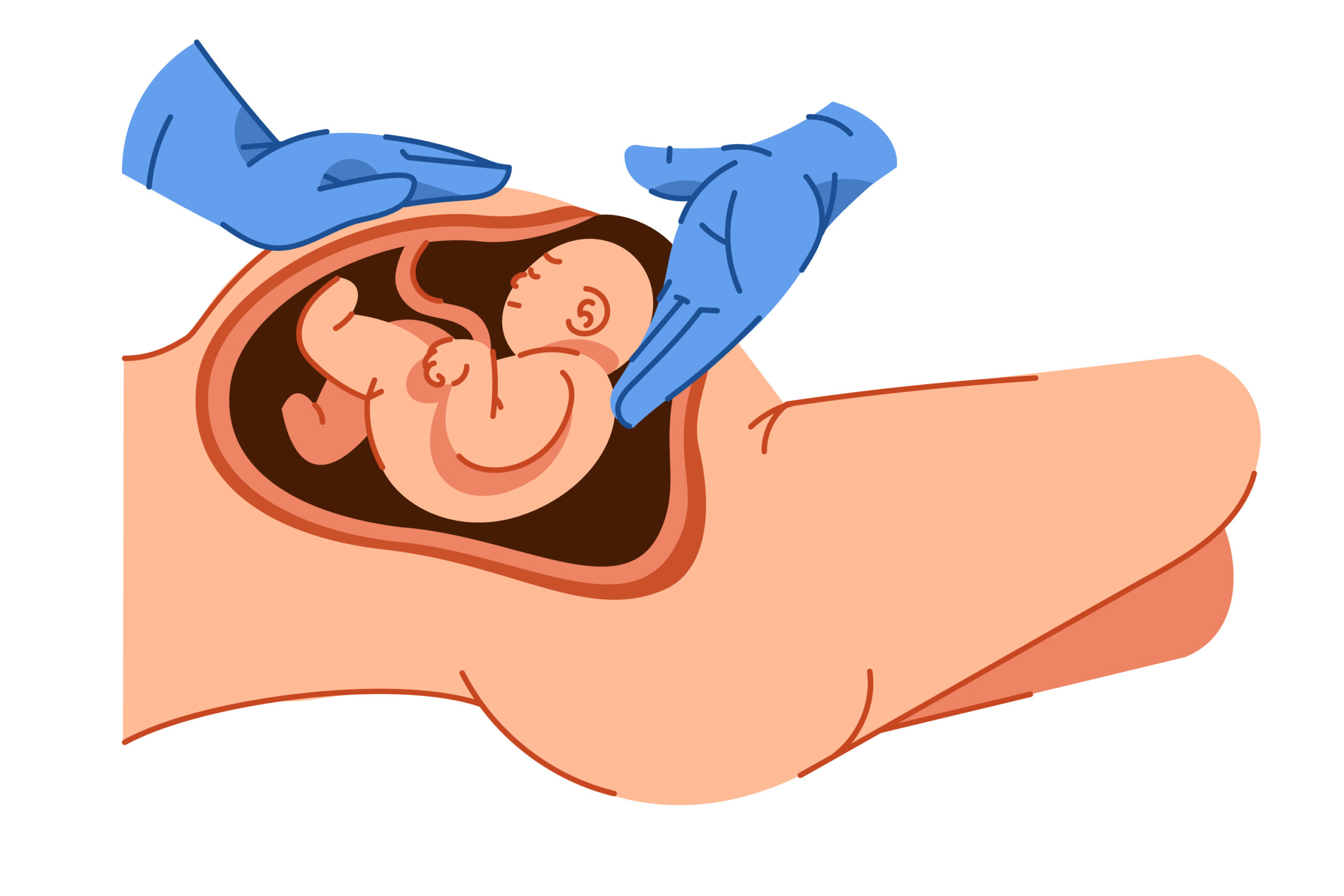The choice between a repeat cesarean section (C-section) and a vaginal birth after cesarean (VBAC) is a significant decision that expectant mothers often face when they have had a previous C-section. This decision is influenced by various factors, including medical considerations, personal preferences, and discussions with healthcare providers. In this article, we will explore the concept of repeat cesarean sections, the factors that influence this choice, and the potential implications for both mother and baby.
What Is a Repeat Cesarean Section?
A repeat cesarean section, often referred to as a "repeat C-section" or "elective C-section," is a surgical procedure in which a baby is delivered through an incision made in the mother's abdomen and uterus. This procedure is typically recommended for women who have previously had one or more C-sections or when specific medical circumstances make it the safest option for the mother and baby.
Factors Influencing the Choice of a Repeat C-Section
Several factors can influence the decision to have a repeat C-section:
- Medical Indications: Some medical conditions or complications, such as placenta previa(abnormally low placenta), multiple gestations (twins or more), or certain fetal abnormalities, may necessitate a repeat C-section for the safety of both the mother and baby.
- Previous C-Section History: The reason for the previous C-section plays a significant role. For instance, if a woman had a C-section due to a medical emergency or a condition that is unlikely to change, a repeat C-section may be recommended.
- Maternal Age: Older mothers may have a higher likelihood of needing a repeat C-section due to age-related pregnancy risks.
- VBAC Suitability: Some women may not be suitable candidates for a vaginal birth after cesarean (VBAC) due to various factors, including the type of uterine incision from the previous C-section.
- Personal Preferences: A woman's personal experiences, preferences, and childbirth expectations may also influence the choice. Some may feel more comfortable with a planned C-section, while others may desire a VBAC experience.
Potential Implications of Repeat C-Sections
Repeat C-sections have several potential implications for both the mother and baby:
- Surgical Risks: As with any major surgery, there are inherent surgical risks associated with C-sections, including infection, bleeding, and complications related to anesthesia.
- Longer Recovery: Recovery after a repeat C-section may take longer and be more uncomfortable than recovery from a vaginal birth.
- Increased Risk of Adhesions: Each C-section increases the risk of abdominal adhesions (scar tissue), which can potentially lead to complications in future surgeries.
- Future Pregnancy: Multiple C-sections can increase the risk of complications in subsequent pregnancies, such as placenta previa or placenta accreta.
- Breastfeeding Challenges: Some studies suggest that women who undergo C-sections may face slightly more challenges initiating breastfeeding immediately after birth.
Conclusion
The decision to have a repeat cesarean section is a complex one that depends on various medical and personal factors. It is crucial for expectant mothers to have open and informed discussions with their healthcare providers to understand the risks and benefits associated with repeat C-sections and VBAC options. Ultimately, the goal is to ensure the safety and well-being of both the mother and the baby while respecting the mother's preferences and individual circumstances. Every pregnancy and childbirth experience is unique, and the choice should reflect the best interests of both mother and child.
